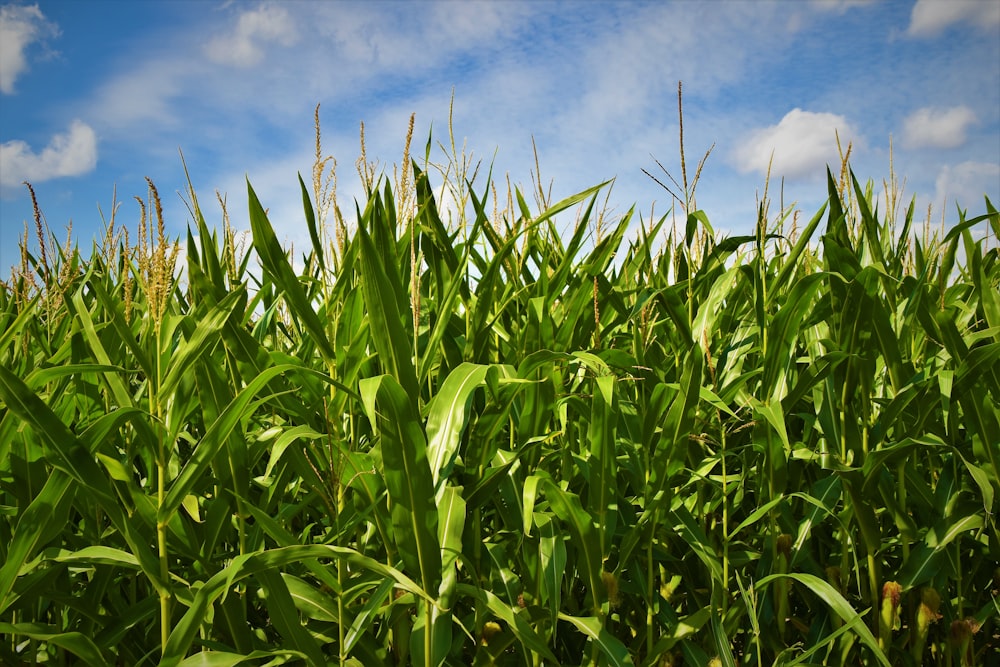Navigating South American Weather. The Corn & Ethanol Report
We kicked off the day with Core PCE Price Index MoM & YoY, Personal Income MoM, Personal Spending MoM, and PCE Price Index MoM & YoY at 7;30 A.M., Pending Home Sales MoM & YoY at 9:00 A.M., and Baker Hughes Oil & Total Rig Count at 12:00 P.M.
The Advance Estimate for US 4th quarter real (inflation-adjusted)GDP showed that the US economy grew at an annualized rate of 3.3%. This exceeded the average trade estimate of 2%, However, the nominal GDP figure of 27.9 trillion was up $329 Billion or 1.2% from the 3rd quarter. At the same time the Federal debt grew $834 Billion or 2.5% to a record-large $34 Trillion. In other word, US GDP would have been negative by a substantial amount were it not been for government spending. The Federal debt exceeded GDP for the first time in 2012, and there have been 3 quarters since that the quarterly debt has rapidly accumulated since, as spending has not been reduced to pre-covid levels.
South American weather pattern stagnates with models trending drier in Argentina in 11-15 day period. With the South American pattern stuck through the first full week of February as a blocking upper level Ridge keeps meaningful rainfall funneled into Northern Brazil. A pattern of below/well-below normal rainfall and warming temperatures if forecast elsewhere. Coming rainfall across North/Northeast Brazil aids later planted soybeans and also boosts subsoil moisture ahead of safrinha corn seeding, the duration of heat/dryness in Argentina and far south Brazil needs watching. Farmers and traders will key on subsoil moisture over the next 8-days. Confidence is forecasts beyond 10-days is low, but the EU, GFA, and Canadian models agree that only lie/scattered showers are probable in Argentina Feb 5-9. Temperatures stay elevated, with highs ranging in low/mid-90’s. We cannot stress enough of the importance of February weather across Argentina’s corn ag belt. Only 30% of Argentina’s corn crop was planted prior to November 30th, with 44% planted in December and 15% in January. A full 70% of Argentina’s corn crop will pollinate after February 1st. And an estimated 65% of Argentina’s soybean crop performance hinges upon weather today into March. In other words, Argentine weather is similar to July/August across the Midwest in terms of yield impact. The CBOT grains are coming in weaker on forecast of rain across Argentina and Southern Brazil in the extended 11-15 day forecast. The primary weather models have gone wetter in the February 6-10th period which is causing weather premium to be extracted from price this morning. The CBOT has been adding and subtracting weather premium all week due to changing extended range forecasts.
CBOT open interest declined Thursday with the exception of bullish interest remaining with soybean oil (Note: Malaysian palm oil), Soybean oil Open interest rose 8,126 contracts on a down day, and the rest of the basket of commodities were down with corn -5,766 contracts, soybeans -2,920 contracts, wheat -6,111 contracts, and soybean meal -979 contracts.
More By This Author:
South American Weather Confidence vs. Managed Money Huge Short Bet. The Corn & Ethanol Report
South American Weather Remains The Daily Headline. The Corn & Ethanol Report
All Eyes On South American Weather As U.S. Drought Eases. The Corn & Ethanol Report




